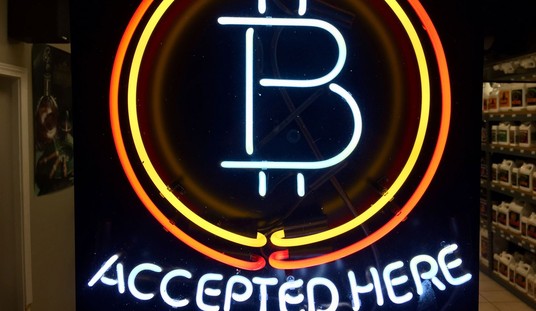Ever noticed how every UPS or Fed-Ex delivery vehicle you see on the road is exactly the same? No matter what they carry or how far they go to deliver, they’re all the same size, shape and appearance?
Of course not. No real company that has to defend a real bottom line to real investors would do anything of the sort.
A real company would stay as flexible as possible when it comes to delivery vehicles. It would allow for the rapidly changing needs of shippers. It would rely on relatively quick turnover to incorporate new vehicle technology and improved fuel efficiency.
But a third competitor, one that doesn’t have a real bottom line to defend and has monopoly protection in a huge and critical sector of the shipping market, sees things differently.
The U.S. Postal Service is preparing to buy 180,000 “Next Generation Delivery Vehicles” and to use them for 25 years. The Postal Service, which lost more than $5 billion last year and has lost nearly $57 billion since 2007, proposes to spend $6.3 billion – or between $25,000 and $35,000 per vehicle – for the fleet.
It would receive the vehicles over seven years beginning in 2018 and use them over 99 percent of its routes for at least the next 20 years. This even though Mary Barra, CEO of General Motors, said at the 2015 Frankfurt International Motor Show, “We will see more change (in vehicles) in the next five to 10 years than we have in the last 50.”
Recommended
The Postal Service’s last such purchase should demonstrate the problems with getting locked into huge, custom-made fleets for a quarter-century.
The Grumman Long Life Vehicles now in use average 23.5 years old – they are designed to last 24 years. They get 10 miles per gallon and are missing many features we take for granted on cars today – such as airbags, anti-lock brakes, rearview cameras, seatbelt reminders, daytime running lights and intermittent wipers – precisely because they have such limited flexibility to assess vehicle needs and potential costs on an ongoing basis.
Buying in bulk also means the Postal Service could miss out on future developments, such as forward collision warning systems, automatic crash notification systems, electronic stability control and crash-imminent braking.
By buying custom-made vehicles, the Postal Service foregoes any resale value that might remain after a quarter-century of use. And, according to a recent study, it could save nearly $2 billion over the next 25 years by instead purchasing off-the-shelf vehicles and modifying them as needed for routes, capacity, etc.
The savings would be so significant, says the study, that vehicles could be replaced after 12 years or so rather than 25. This would mean further savings – the government will require light trucks to get 39 miles per gallon by 2025 – and allow still further savings from technologies that will be available then but not now.
The study says the vehicle the Postal Service proposes to buy would cost $77,450 to maintain and operate over the 24-year lifetime of the project. A Jeep Cherokee, modified to fit the route on which it was used, could do the same thing for $75,737 and a Ford Transit Connect for $74,947 for right-handed drive or $70,621 for left-hand drive. When you’re talking 180,000 vehicles, that adds up.
The fleet purchase is, unfortunately, indicative of a lot of questionable strategy by the Postal Service. The agency tends to favor the businesses it wants to be in – customized package delivery – over the business we depend on it for, delivering mail to 153 million residences and businesses six days per week.
Last-mile mail delivery is its most profitable and least price-sensitive line, according to other research, But its efforts to return to sound fiscal footing seem always to revolve around expensive purchases to bolster the competitive businesses, where it then proceeds to undertake practices such as this that give its competitors an even greater advantage.
From 2007 to 2014, the Postal Service’s competitive products grew from 10.6 percent of its revenues to 23.6 percent but also grew from 13.4 percent of its costs to 28 percent. The competitive division paid the monopoly division $1.8 billion in 2014 to cover these expenses, but a recent study showed it should have paid from $2.6 billion to $5.3 billion more.
In other words, the competitive products are becoming both a bigger part of the Postal Service’s mix and a bigger drain on its bottom line. Now is not the time to spend massive amounts of money on vehicles designed for the unprofitable side that will make both sides less competitive.
And it’s definitely not time to repeat the mistakes made the last time the Postal Service updated its fleet.






















Join the conversation as a VIP Member